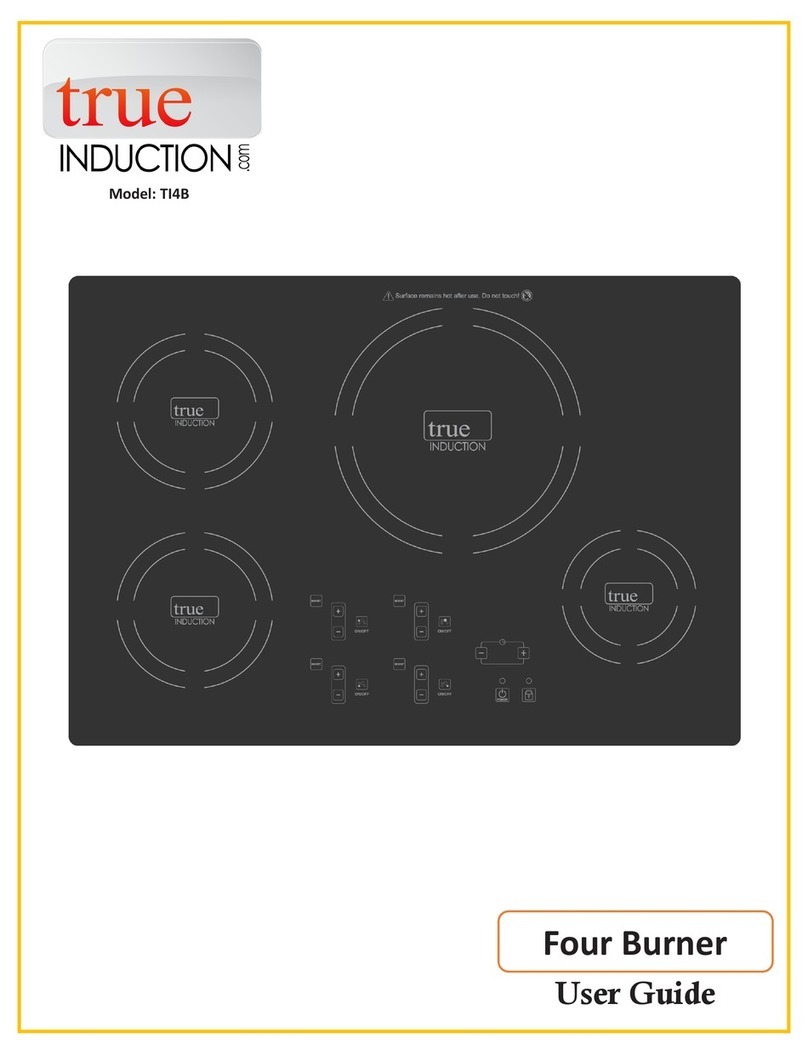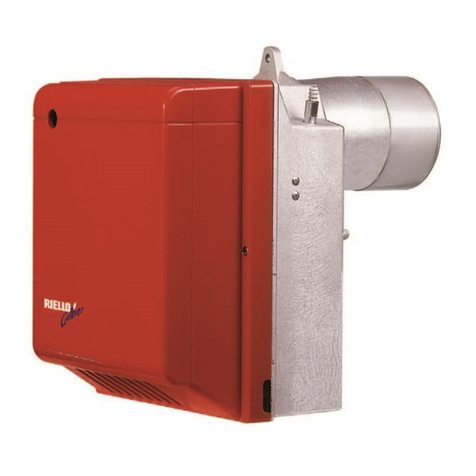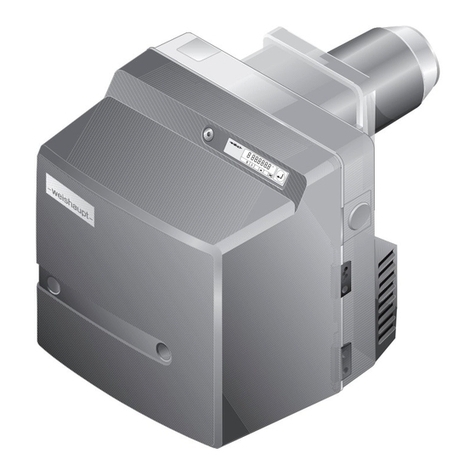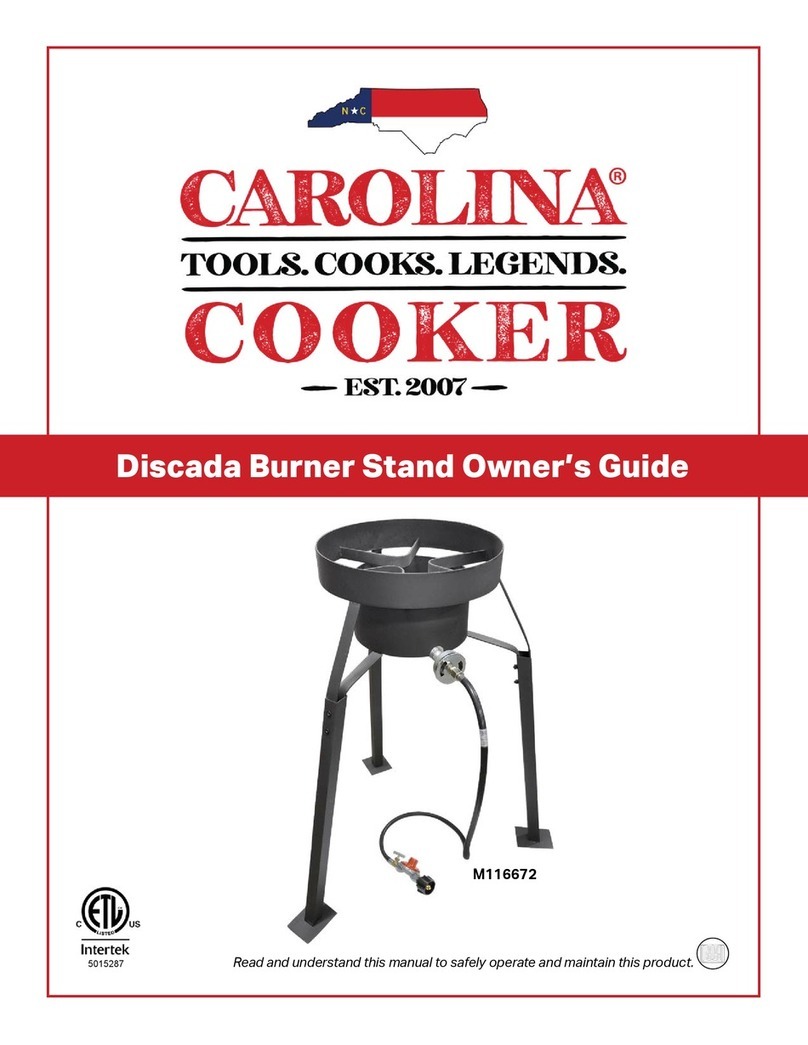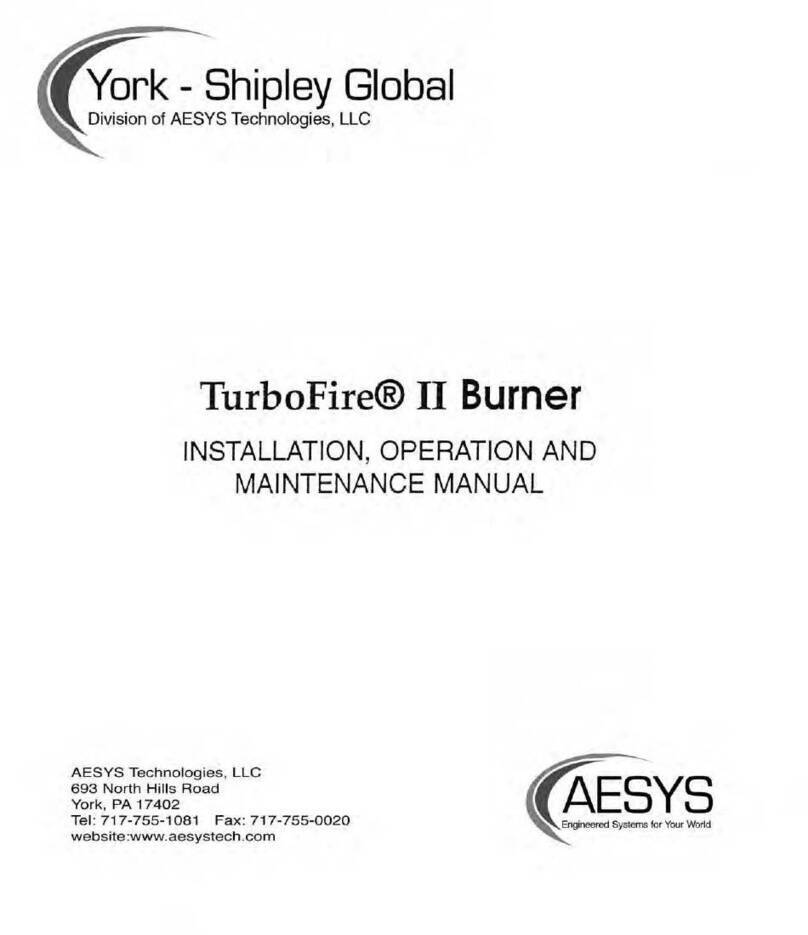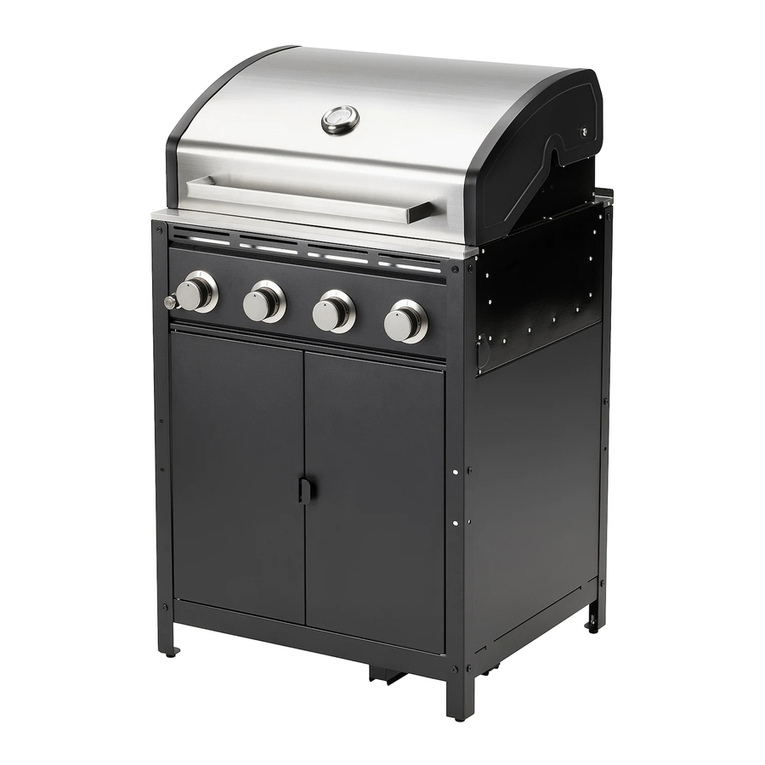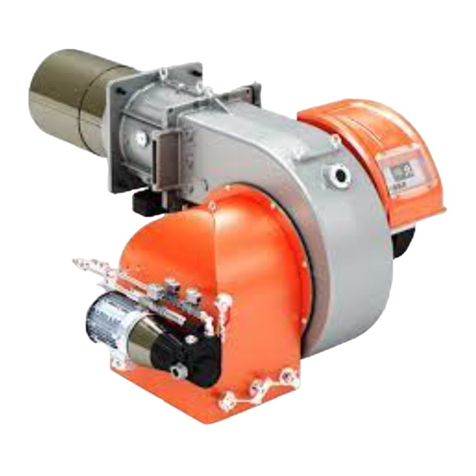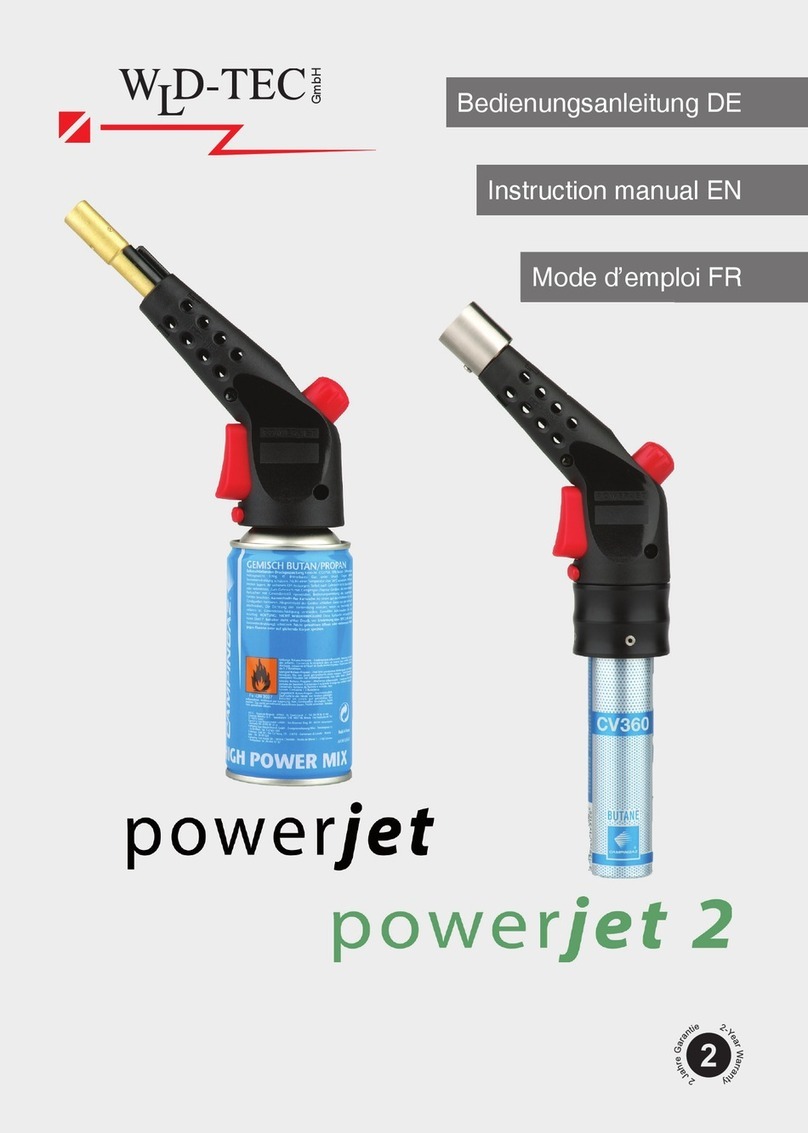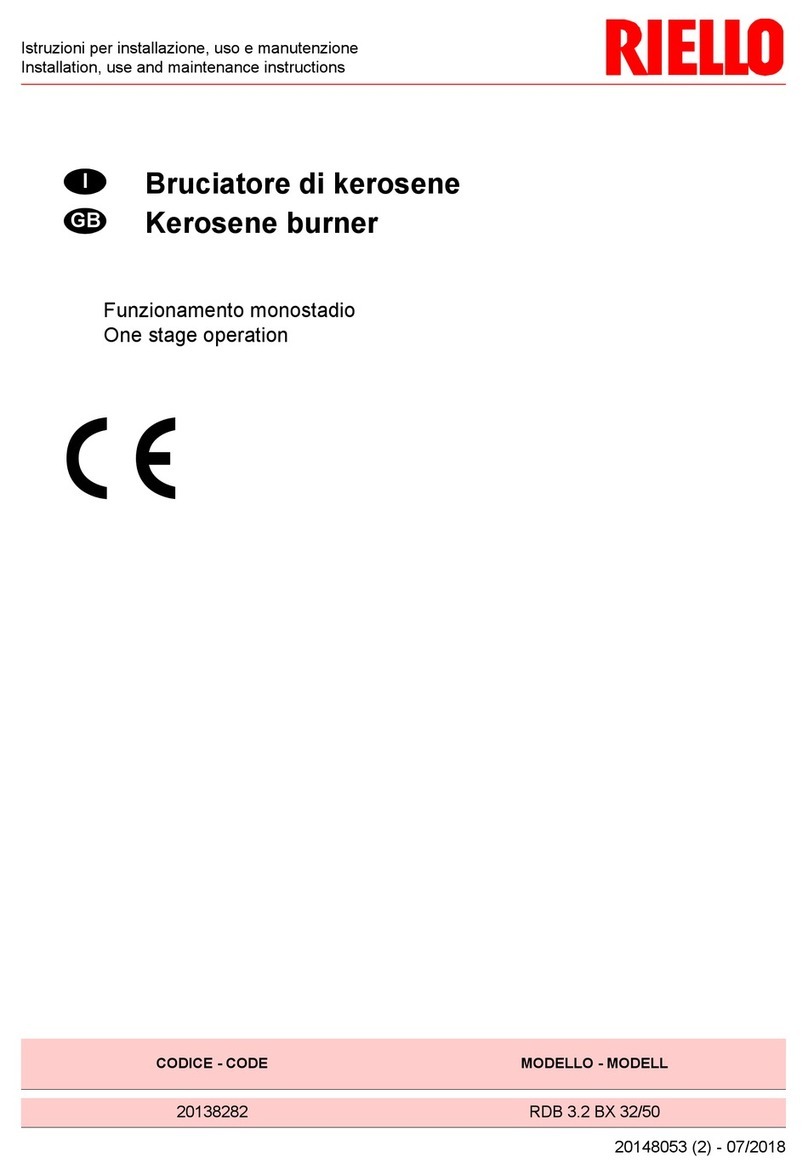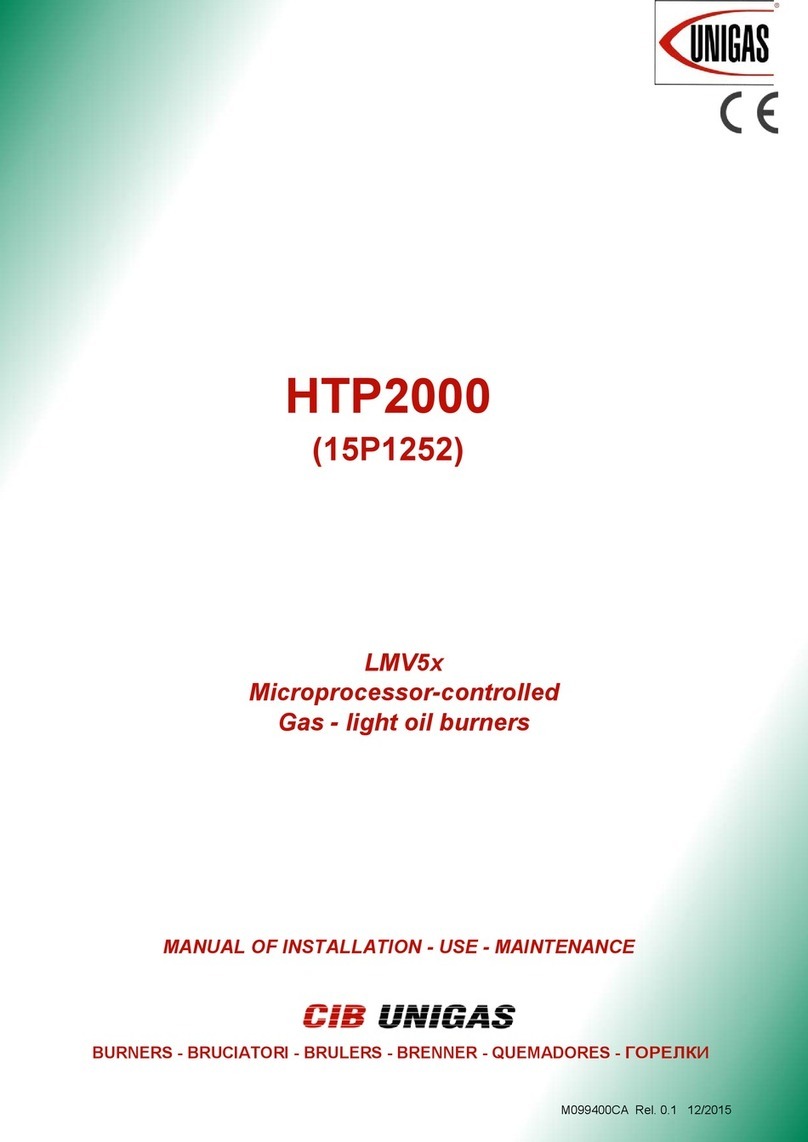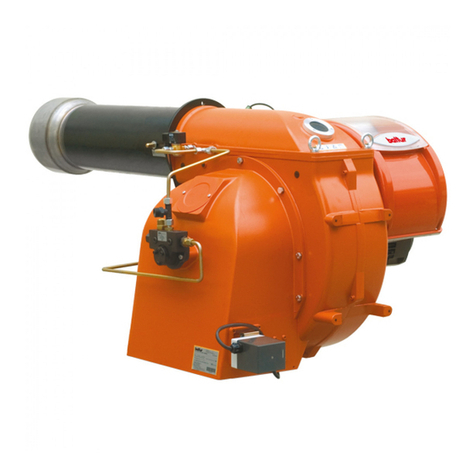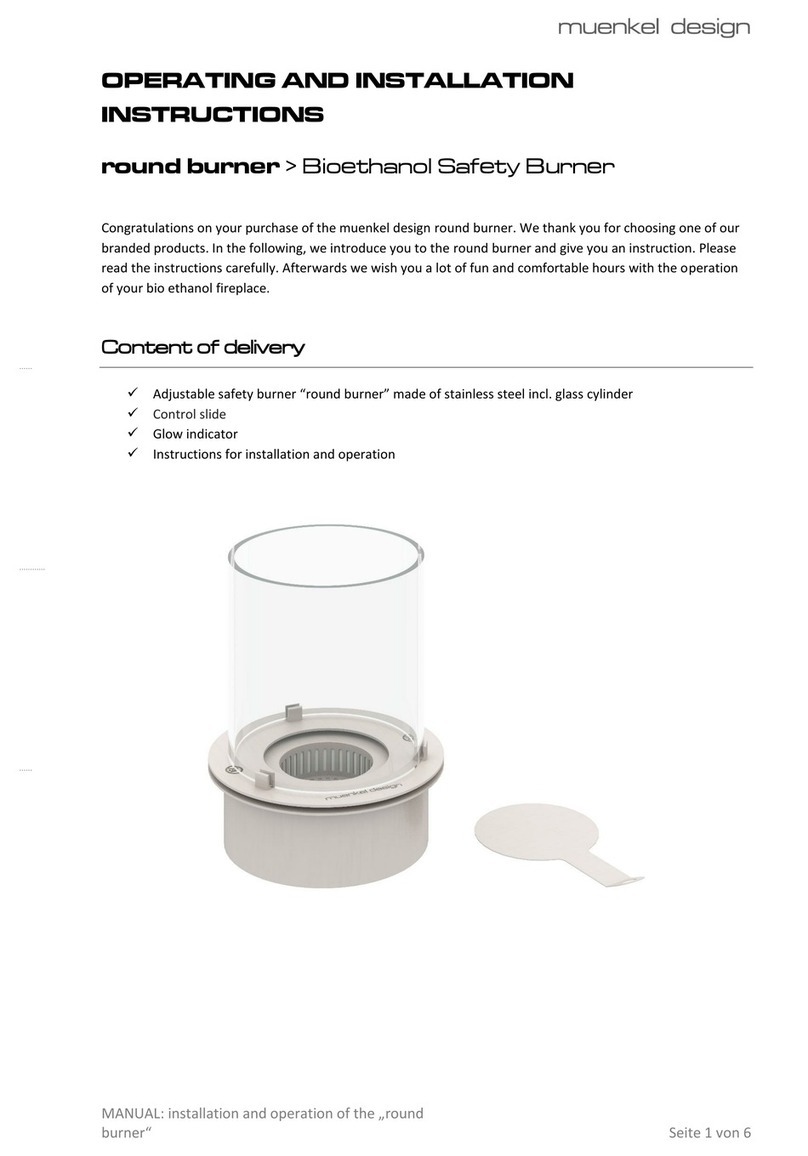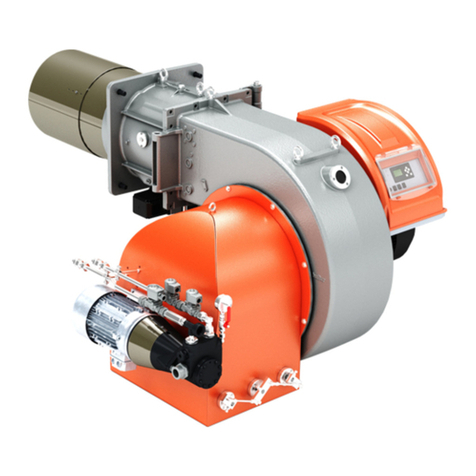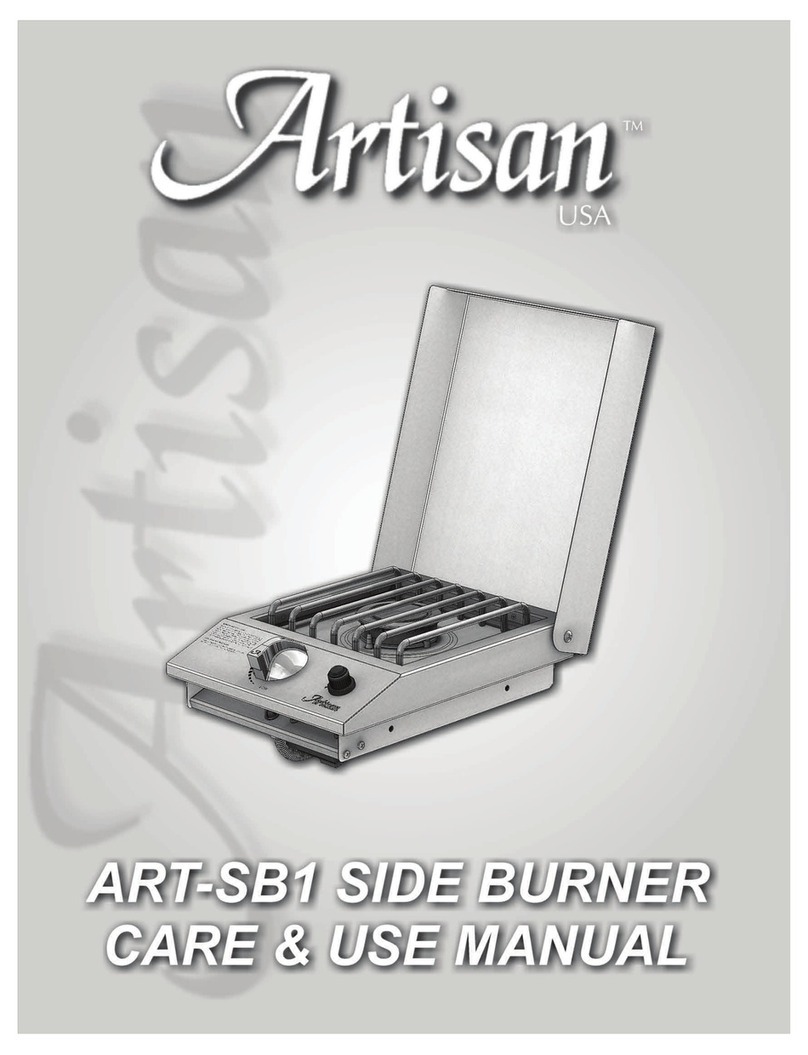
1
BEFORE OPERATING
SHIPMENT ARRIVING DAMAGED:
IMPORTANT NOTES:
VISIBLE DAMAGE
If your shipment arrives with visible damage to
the box/carton, be sure the damage is noted on
the bill of freight or express receipt and signed
by the person making the delivery. File claim for
damages immediately, regardless of the extent
of damage.
BE MINDFUL OF WIND DIRECTION
When selecting a suitable location, consider
important factors such as exposure to the wind
and foot traffic paerns. Position your Power
Burner so the prevailing wind blows into the front
control panel (at your back when operating),
allowing for proper front to rear airflow. Power
Burners located in areas with prevailing winds
should be protected by a wind barrier, wind
deflector, or wind guard. The Power Burner is
designed to pull in air from the front and exhaust
through the rear of the unit. Winds hiing the
back of the Power Burner directly may cause
problems.
CONCEALED DAMAGES
If damages are unnoticed until the Power Burner
is unpacked, notify the transportation company
or carrier immediately and file a concealed
damage claim with them. This should be done
within (5) days of the delivery date. Be sure to
hold on to the box/carton for inspection. We
cannot assume responsibility for damage or loss
incurred in transit.
GAS LINE LENGTH
Keep all gas supply lines as short as possible. Gas
lines lose pressure over distance and with each
elbow or “t” fiing added. This drop in pressure
affects Power Burner performance.
PROPER LEVELING
PROPER LEVELING DURING INSTALLATION IS
CRITICAL. A POWER BURNER THAT IS OUT OF
LEVEL WILL CAUSE ERRATIC BURNER COMBUSTION
AND INEFFICIENT, UNEVEN HEATING. THE POWER
BURNER SHOULD BE LEVEL IN ALL DIRECTIONS.
ADJUSTMENTS MAY NEED TO BE MADE EACH TIME
WHEN MOVING A FREESTANDING UNIT.
CONSTRUCTION ZONES
Keep all stainless steel products away from
construction zones. Construction debris such as
(but not limited to) stone dust, stucco, and lime
dust could damage or permanently discolor
stainless steel products. Keep all caustic chemicals
including chlorine and pool cleaning products
away from stainless steel at all times.
IMPORTANT: THIS POWER BURNER IS
FOR OUTDOORS USE ONLY.
The power burner must be installed in
masonry or other type of fireproof surround.
The unit is not insulated and therefore must
be installed or placed with 16” – 18” of side and
back clearance from unprotected combustible
materials such as wood, Plastic, or stucco
with wood framing. PLEASE NOTE: if this is
not done the combustible material will catch
on fire and potentially damage your house /
structure and may cause bodily harm due to
the fire.
WARNING!
Do not install this unit under unprotected
flammable surfaces. Do not install or use this
appliance inside a building, garage, or any
other enclosed area. It must not be used in
or on recreational vehicles or boats.
This is a slide-in unit designed to fit into open-
front enclosures. Control panel of the unit is
removable for gas hookup, servicing and
burner adjustment. Control panel must
remain removable aer you install the unit.
Do not have this panel sealed for any reason.
Important: The lip on the side requires 1” ( 2.5
cm) of countertop on each side and back to
support the unit.
Note: We recommend you build the enclosure
for the power burner 6”-12” (15.2 cm- 30.5 cm)
LOWER than your countertop. This will ensure
a safer environment when using tall cooking
pots like the turkey fryer, which can hold 40lbs
of hot flammable oil. Please make sure that
you do not overfill large pots of oil for the oil
will spill over and catch on fire.
Note: This unit should be installed so that
it can be removed at a later date if factory
service is required.


